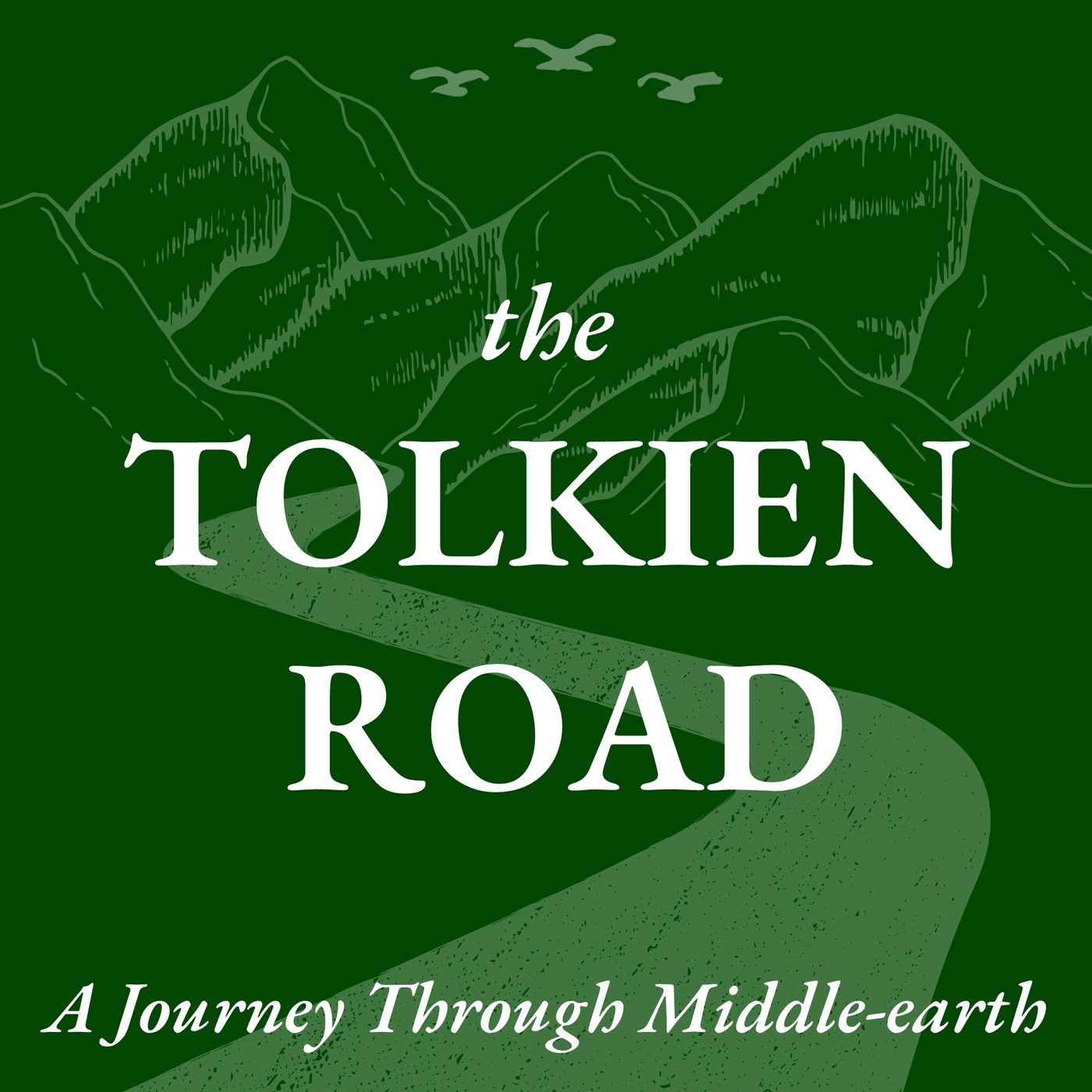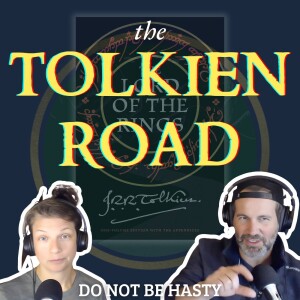
0238 - The History of Middle-earth - Vol. 5: The Lost Road and Other Writings
 2021-04-26
2021-04-26
On episode 238, we are continuing our tour of The History of Middle-earth series as we survey Volume 5, The Lost Road and Other Writings!
The Lost Road and Other Writings contains Tolkien's earliest writings on the legend of Númenor, as well as updated timelines for the Silmarillion and the last version of The Silmarillion he wrote before writing The Lord of the Rings. Lots of interesting stuff here!
Join us!
Become a patron of The Tolkien Road.
Leave a tip.
For more on this episode and The Tolkien Road podcast, please visit TolkienRoad.com or Facebook.com/TolkienRoad. Also, follow us on Twitter via @TolkienRoad.
This episode is executive produced by Kaitlyn of Tea With Tolkien, Liis U, Andrew T, John R, and Ms. Anonymous.
LINKS FROM MARILYN
"It was the skalds, or bards, in the community who would memorize entire poems and recite them in the halls of Anglo-Saxon lords. The alliteration and repeated phrases (usually a sign that the poem in question started off as an oral rather than a written work) helped the bard remember the text. They'd chant the verses rather than singing them, but there have been several versions of bits of Beowulf set to classical music. Here's a link to Howard Hanson's Lament for Beowulf, with the text translated into contemporary English (and some pretty neat artwork and images!):
https://www.youtube.com/watch?v=D-RqfMlHm04
The Finnish tale of Kullervo (inspiration for Túrin) from The Kalevala was also intended to be chanted. Here's a part of the Kullervo Symphony by Finnish composer Jean Sibelius which has a male chorus chanting some of the text:
https://www.youtube.com/watch?v=F0nWHCeus9E
The chanting starts at around 1:40. The image showing is from the story of Lemminkäinen; it's the part in which his mother is fishing his body out of the river of the dead; not sure why they used that one, but there you are!"
Special thanks to the following patrons:
- Kaitlyn of Tea with Tolkien
- Liis U
- Andrew T
- John R
- Ms. Anonymous
- Shannon S
- Brian O
- Emilio P
- Zeke F
- James A
- James L
- Chris L
- Chuck F
- Asya V
- Ish of the Hammer
- Teresa C
- David of Pints with Jack
- Jonathan D
- Eric S
- Joey S
- Eric B
- Matt L
- Johanna T
- Sam N
- Mike M
- Dyrenair
- Robert H
- Paul D
- Jacob S
More Episodes
 2020-08-03
2020-08-03
 2020-07-20
2020-07-20
 2020-06-22
2020-06-22
 2020-06-15
2020-06-15
 2020-06-01
2020-06-01
 2020-05-04
2020-05-04
Create your
podcast in
minutes
- Full-featured podcast site
- Unlimited storage and bandwidth
- Comprehensive podcast stats
- Distribute to Apple Podcasts, Spotify, and more
- Make money with your podcast
It is Free
- Privacy Policy
- Cookie Policy
- Terms of Use
- Consent Preferences
- Copyright © 2015-2024 Podbean.com





